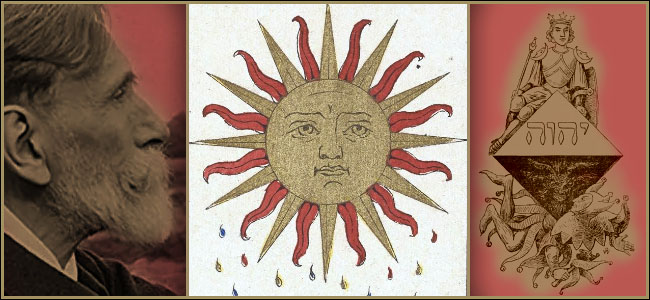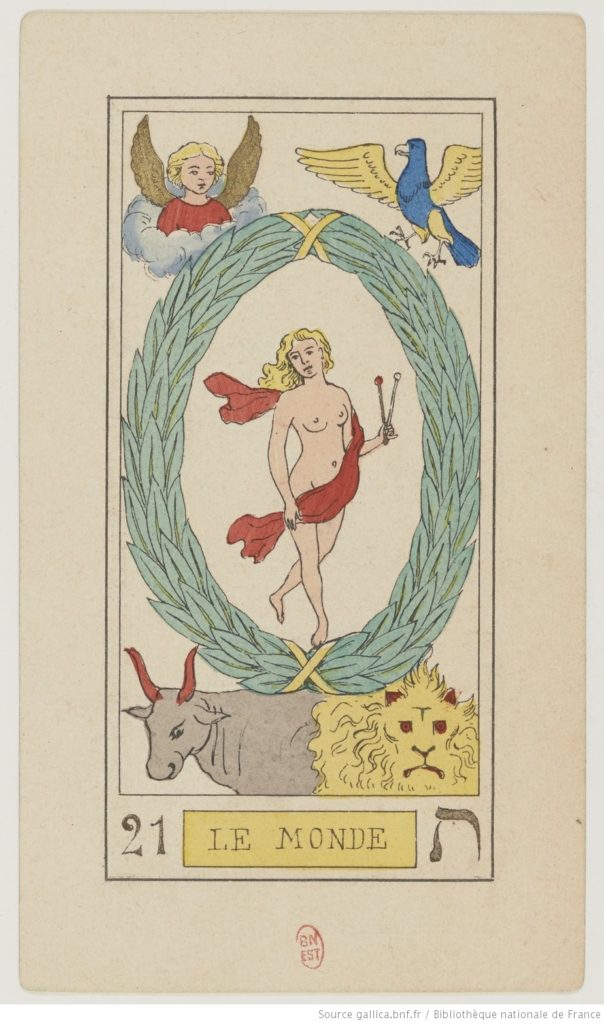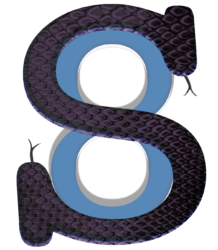
Oswald Wirth (1860-1943) is going to be big figure over the next year for us at the SATE, as we currently have some projects underway that focus on this lesser known figure in Western Occultism, despite his profound influence and his great work. This post is to offer some details on him and to get you acquainted.
At 13 years old Joseph Paul Oswald Wirth obtained a book on mesmerism, and found with some play that he could magnetise a classmate who had complained of a sore mosquito bite, and he found success in remedying their pain. As he matured he went to the Catholic college of Saint-Michel at Fribourg where he had found further opportunities to learn about Mesmerism. This interest would stay with him and lead him to joining the Societe magnetique de France, which was under the leadership of Baron Du Potet. [1] Career-wise, he would remain focused on Mesmeric healing, and found that by the study of occultism, he could enrich his understanding of Mesmer’s techniques.
From the preface of his book Tarot of the Magicians, Wirth offers an account in which a woman he was healing with hypnosis went into trance and spoke of a future significant event in his life:
“Indulging as I was in the practice of occultism and before studying its theories deeply, I was, at the beginning of 1887, applying my hypnotic skills on a sick woman who fell asleep under my influence. She was a lucid patient who informed me of the state of her organs and of the effect produced by my fluid. Her tendency to chatter came out in spontaneous revelations, quite unexpected, to which I only paid moderate heed.
One day however, I was struck by my clairvoyant’s tone of conviction, which seemed to perceive with more accuracy than usual as she said ‘You will receive a letter with a red seal of armorial bearings!’ This she exclaimed as if this fact were of particular importance.
‘Can you see who the letter will come from?’
‘It is written by a young fair-haired man with blue eyes who has heard of you and wishes to make your acquaintance. He will be very useful to you and you will get on extremely well together.’
I asked other questions, but the replies were confused; they merely embarrassed the lady to no purpose. She was floundering and finally said, ‘Wait for the letter; I can see it clearly with its red seal. It will reach you in a few days, before the end of next week.’”
A few weeks went by and Wirth had assumed this vision was his patient “surrendering to the suggestion of her wandering imagination, as was her wont as soon as her vision ceased to relate to herself and to the stages of her cure.” And he said that “In short, lucidity is dependent on the instinct which urges the sick animal to seek its health-restoring grass. In any case it is easier to see clearly within onself, than to draw true information from the outside.” Draw information from the outside she did, however as Wirth finally received this predicted letter with its red armorial seal.

The letter was from a young Stanislas de Guaita (who famously first drew the upside-down pentagram containing a goats head), and the two would study esotericism together. Eventually this relationship would result in the Wirth/de Guaita Tarot – the first occult, cartomantic, and initiatory deck!

Wirth’s first published work in 1889 was Le Livre de Thot comprenant les 22 arcanes du Tarot — with Le Livre de Thot of course translating as “The Book of Thoth” (a title Aleister Crowley would go on to give his symbolic guide to the Tarot). Wirth would write numerous works, write introductions to occult texts, and become a Grand Master of Freemasonry in France.
Interesting Notes:
[1] – Aleister Crowley would come to understand ritual whilst in a synchronicty holding Baron Du Potet’s book Magnetism. Potet’s book Magnetism and Magic mentions that all magical working is done through magnetism, and that in magnetism is the presence of magic.
Further: The first scientific experiment reported in literature containing hypnotic analgesia featured Baron Du Potet as a hypnotist working alongside surgeon Récamier in 1820 at the Hotel Dieu Hospital.
Further: Baron Du Potet would be a major influence on Dr. John Elliotson who was blown away by the magic of hypnosis. In 1846 Elliotson delivered the Harveian Oration, where he prodded his peers that science was neglecting hypnosis and was so rampant in his position that he implored others to study the material and phenomenon, that is, if they cared for truth, their own dignity, and the good of mankind. Elliotson would start a publication called The Zoist which he used to propagate hypnosis, though he continued to be viewed as a pariah in his profession.

